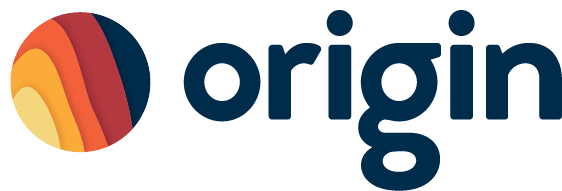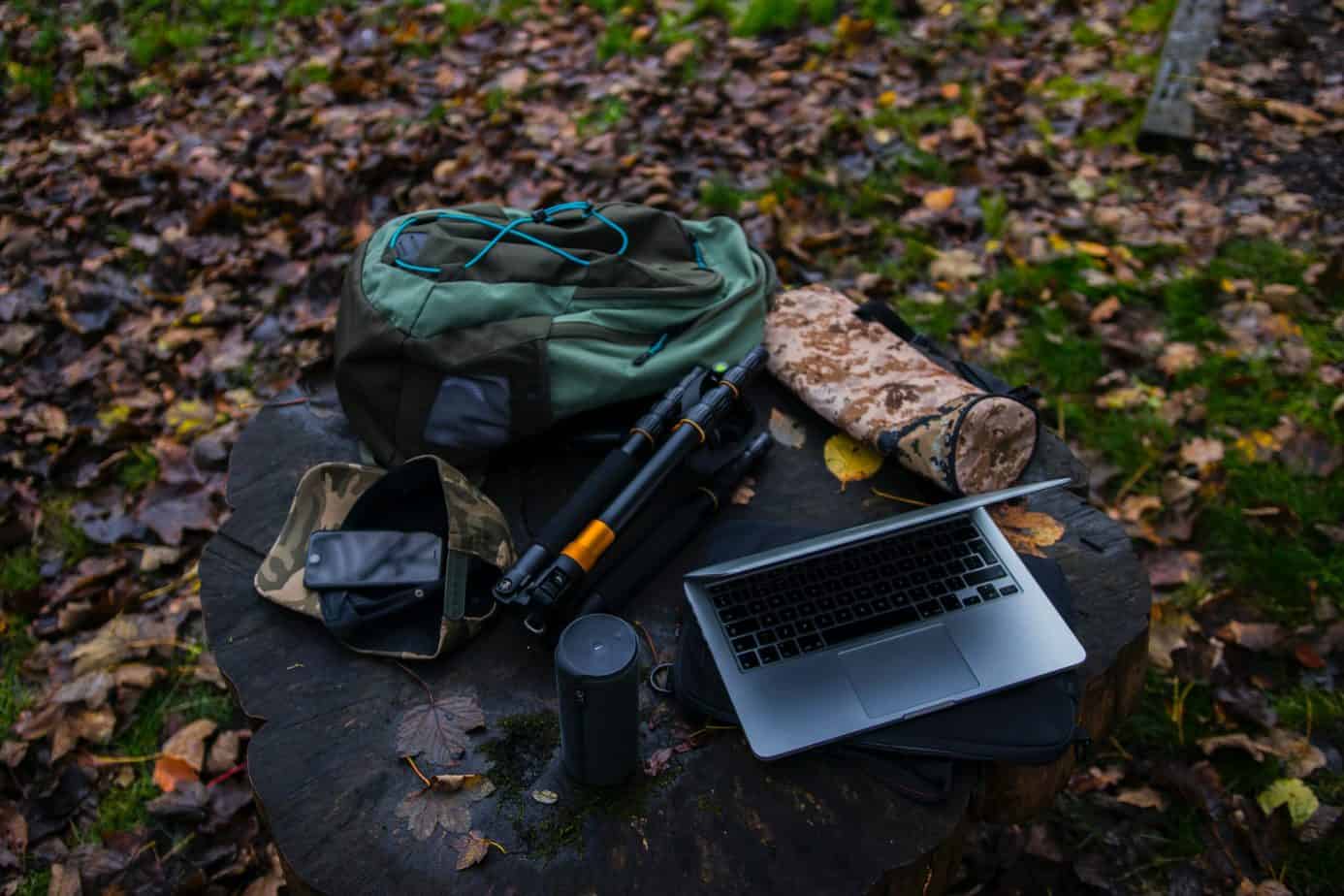So, you’ve decided you want to start an outdoor guiding business. You’ve chosen your guiding business niche and you’re ready for the next step: creating a business plan. But how do you even start creating one? What kind of information do you need? Why can’t you just text friends and family, asking them to send rock climbers your way?
Because if you want to start a guiding business, you need a plan, otherwise, this idea may stay just that: an idea.
Traditional Business Plan Vs. Lean Startup Plan
A quick Google search will likely show you how to create a traditional business plan. You’ll find countless resources for those. But, an outdoor guiding business isn’t all that traditional. Sure, you have a company. You’ll have to find a way to make money. But you probably don’t need 40 pages to explain you want to take people rock climbing in Joshua Tree and that you want to make enough money to eventually quit your full-time job.
Traditional Business Plan
A traditional business plan involves seven key elements: 1.) Executive Summary, 2.) Business History, Background, and Objectives, 3.) Products and Services, 4.) Marketing Planning, 5.) Competition, 6.) Operational Plan, and 7.) Financial Planning.
The traditional business plan is what most people think of when you say “business plan.” It entails 40+ pages of hindsight, insight, and foresight. There are tons of tables and graphs, even an appendix. It’s the preferred document for getting investors.
Alternatively, the lean startup plan is more action-oriented for “simpler” businesses.
Automate Your Tasks
Tour operator life is complicated Use a booking platform that simplifies it.
Automate Your Tasks
Tour operator life is complicated Use a booking platform that simplifies it.
Lean Startup Plan
Outdoor guiding businesses seem to fall more under the lean startup. It’s getting your business started as soon as possible and learning as you go. It’s scrappy and evolving.
The key elements to a lean startup plan are: 1.) Key Partnerships, 2.) Competitive Advantage, 3.) Key Resources, 4.) Value Proposition, 5.) Customer Relationships, 6.) Customer Segments, 7.) Marketing Channels, 8.) Expenses, and 9.) Revenue Streams/Services.
It might have a couple more elements, but usually, lean startup plans are no more than a couple of pages.
A lean startup plan makes sense for guides more than the traditional one because most of the time, tour owners have a primary job and guide tours as their passion. You’re unlikely to look for funding from investors (and if you’re going to seek funding, you’ll need a traditional business plan). You’re probably closer to getting started than if you were starting a brick-and-mortar shop in town.

Why A Business Plan Is Important
An outdoor guiding business plan is important because it answers “Where are we now?”, “Where do we want to get to?”, and “How are we going to get there?”
Where are you now?
To know where you want to go, you need to know where you’re starting. Do you already guide for a tour operator, but you want to start your own business? Have the appropriate certifications or do you still need to earn them? Got a list of clients ready for you to start your own guiding business who’ll follow you? Or, is this still just an idea? Assessing your starting point gives you a clear idea of how much work it’ll be to get your outdoor guiding business off the ground.
Where do you want to get to?
To actually meet your end goal, you need to know what that is. Maybe your goal is to have a side income. Maybe you want to quit your full-time job as an Engineer and guide 365 days a year instead. Or maybe your goal right now is to see where it all goes. Having goals helps you stay focused. It’s something to strive toward, even if it’s to “see where this goes in a couple of years.”
How are you going to get there?
You have your Point A. And you have your Point B. How are you going to get from Point A to Point B? It’s not just knowing where you are right now and where you want to be, but understanding what you have to do to get from here to there. By creating a lean startup plan, you’ll have more information to make an educated decision on your methods for reaching your goal.
What gets measured, gets managed
A business guru once said, “what gets measured, gets managed.” An outdoor guiding business plan gives you goals, a budget, and a plan to implement your idea. It helps you analyze the risks and rewards, and ultimately, it answers how you’re going to make money before you run out of money.
An important note before we start going through guiding business plan hacks. Harvard Business Review said, “But the real key to succeeding in business is being flexible and responsive to opportunities. Entrepreneurs often have to pivot their business once it becomes clear that their original customer is not the right customer, or when it turns out that their product or service fits better in an alternate market.”
Realize that what you create today (or over the weekend) may not be the same business in one year or five. And that’s okay. It’s about getting started, learning as you go, and making changes.

Guiding Business Plan Hack #1: Start With A Template
There’s no need to create a new lean startup plan when a template will suffice. A good lean startup plan template will help you create your plan quickly. We’ve created a simple business plan template you can use here. Be sure to Make A Copy of it so you can save and edit it yourself.
A good business plan template has all the components you need. It’ll guide you through the questions you need to answer and give you space to add your ideas and information. In our very simplified version, we include the main sections you need to get started on a 1-2 page plan. We’ve also included questions in each section to help guide you through.
That’s the point of a template, right? Less work on the creation of the document means more time for you to spend on researching, analyzing, and creating your new outdoor guiding business.

Lean Startup Plan Hack #2: Write Now, Edit Later
Something a lot of us fall victim to is self-editing as we create. Meaning, as you research and analyze, you start editing your answers as you’re writing them. Stay strong and resist temptation. Want to fill out our template ASAP? Don’t edit your first draft.
Instead, we want you to dump the information in your head onto paper. You can go back and edit later. Stream-of-consciousness writing helps you get your ideas out and prevents self-editing while you write (which takes a lot longer). This way you get all your ideas out as quickly as possible.
Automate Your Tasks
Tour operator life is complicated Use a booking platform that simplifies it.
Automate Your Tasks
Tour operator life is complicated Use a booking platform that simplifies it.
Answer These Lean Startup Plan Questions
Download our lean startup template and answer the following questions:
- Who will you work with to run your business?
- How will you differentiate yourself from your competition?
- Do you have any resources you can use that’ll create value for your customers?
- Write a clear and compelling statement about what your company brings to the outdoor guiding industry.
- How will your customers interact with your business? What will the customer experience be from start to finish?
- Create your customer personas. Your business won’t be for everybody, so who’s it for?
- How will you get in front of your customers (marketing)?
- List all of your possible expenses.
- How will you actually make money?
- What are you going to call your business?
Answer as many questions as you can right now. Get thoughts on the page. Then you can go back after you’ve researched and revise your answers until you have a plan you feel great about.

Guiding Business Plan Hack #3: Research Efficiently
You’re not going to know all the answers right away, so you’ll need to research. Some businesses spend months researching their target customers, competitors, and the product/service market fit. Others spend just enough time to have something to start with and they begin building. It’s up to you how much time you want to dedicate to researching, but it is imperative you do some kind of research.
Market research is key in knowing who and how many people will book a trip with you. By doing research, you’ll quickly know if you have a sustainable outdoor guiding business or not.
Write a hypothesis
Do you remember writing hypotheses in school? A typical hypothesis was, “X will happen if I do Y because of Z.” Creating a hypothesis shows what you think is true under certain conditions and why that’s the case. It’s all the things that’d have to be true for your guiding business idea to work.
Once you create your hypothesis, you need to validate it. That’s where research comes in. Without a hypothesis, you’ll do customer, competitor, and market research blindly. An example hypothesis is, “We believe that adults want to rock climb advanced routes in Joshua Tree because they want to challenge themselves beyond the typical routes.” Okay, so, not the most creative hypothesis, but it gives you an idea.
Make a list of topics you need to learn about
To help you conjure up a more creative hypothesis, make a list of topics you need to learn about in order to create a successful business. (e.g. competitors, customers, outdoor guiding trends, etc.)
Next, create questions within these topics
Then create questions within these topics that you need to find answers for. Some examples of questions are:
- Why is there a need for my guiding business?
- What are my ideal customers’ characteristics and demographics?
- What will make my target customers reserve with me?
- What are my target customers’ buying habits?
- How much are my target customers willing to pay for my tours?
- What will make people book with me versus my competitors?
- What are the potential risks? What can you do to work to eliminate them?
- How much are your competitors charging?
- And any questions you couldn’t answer above in the Lean Startup Plan Questions
Then make a list of resources and tools to help find the answers
Now that you have your topics and questions, you need to make a list of resources and tools you’ll use to find the answers. The most helpful will be real people who’d use your service. Don’t know anyone personally? Find forums where your people hang out.
Resources
- Twitter Lists
- LinkedIn Groups
- Facebook Groups
- Pinterest Group Boards
- Forums and Message Boards
- YouTube Categories
- Instagram Hashtags
This isn’t an exhaustive list and depending on your target customer, they may hang out somewhere entirely different. Regardless, you need to find customers of businesses similar to yours. This could be in size, in the same area or type of business, or a business of a relatively similar age to yours (if you’re not starting from scratch).

Lean Startup Plan Hack #4: Keep It Simple (For Now)
As a tour operator, your business plan will likely change and that’s okay. So, when creating your first business plan, keep it simple. Don’t get caught in the “analysis paralysis” when going over your research and finalizing your plans.
What’s analysis paralysis?
You’ve just discovered a ton of information about your guiding business prospects, your target customers, market trends, your competitors, what they’re charging, and now you need to make some decisions.
Analysis paralysis is when we want to be right and we don’t want our tour guiding business to fail, so we keep researching and analyzing and doing absolutely nothing to “move the needle.”
Keep it simple by resisting analysis paralysis
Set a decision date
Plan a date for when you’ll go live with your business. Pushing this off will only prevent you from starting your business.
Set parameters for information finding
You’ll want to keep researching to make sure you know every little detail, but you won’t. You won’t know everything. And continuing to research further stalls progress. And if you’re serious about getting your tour guiding business started, then you need to decide on the information you need to know now and the information you’d like to know in the future.
Create small, actionable steps
Starting your outdoor guiding business doesn’t have to be a one-time event. The stars don’t have to align themselves for you to start taking customers. What’s important is that you set little goals that’ll lead up to your guiding business being a full-blown tour guiding business. What’s important is getting started and keeping up that momentum.
Let go of perfectionism
You’ll mess up. You’ll make errors. All business owners do. Knowing this gives you a bit of freedom in moving forward, knowing full well that no matter how prepared you are, you’ll still mess up.
TL;DR
If you want to start a guiding business you need to create a lean startup plan. It’s not a traditional business plan because you’re not starting a traditional business. But you need a plan, otherwise, this pipedream will stay an idea.
Download our template here and start filling out the nine sections as best as you can. When you get stuck, make a note to research later.
Research what you don’t know and only research enough to be able to answer the question and move forward.







